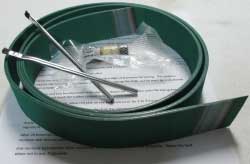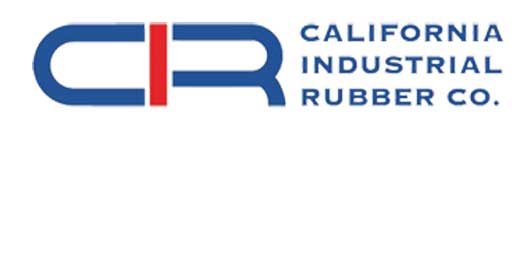Just a Sparky
Hot Rolled
- Joined
- May 2, 2020
- Location
- Minnesota
Looking to order a new flat belt for my 13" South Bend. The one I've got in it now is a bit long and I've run out of adjustment to take up the slack.
Before I re-order from the same supplier as before, I'd like to learn a little more about the different material options available out there. Right now I'm running a three layered composite Nycor belt. The fact that it doesn't stretch and I will never have to chase it is nice, but it's hard, textured surface is not very grippy on a smooth, polished flat belt pulley. I find that it takes considerable tension to prevent the belt from slipping when taking a reasonable 50+ thou cut in 6061. Yes, it's only a 1 horsepower machine, but I know the motor's got a little more grunt in it than that. Big heavy Century machine tool motor with a 1.25 service factor.
Are leather belts any tackier than the synthetics? Are there grippier options out there to choose from?
Thanks.
Before I re-order from the same supplier as before, I'd like to learn a little more about the different material options available out there. Right now I'm running a three layered composite Nycor belt. The fact that it doesn't stretch and I will never have to chase it is nice, but it's hard, textured surface is not very grippy on a smooth, polished flat belt pulley. I find that it takes considerable tension to prevent the belt from slipping when taking a reasonable 50+ thou cut in 6061. Yes, it's only a 1 horsepower machine, but I know the motor's got a little more grunt in it than that. Big heavy Century machine tool motor with a 1.25 service factor.
Are leather belts any tackier than the synthetics? Are there grippier options out there to choose from?
Thanks.




